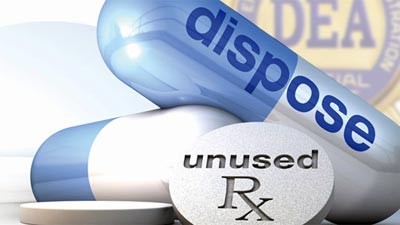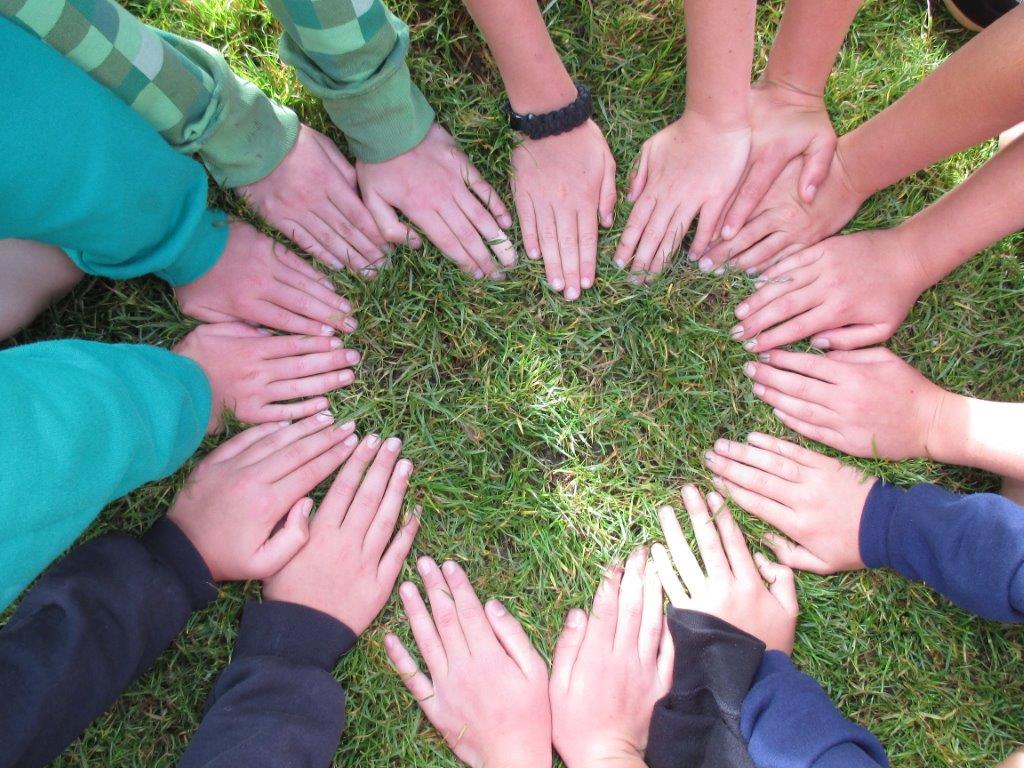October 23, 2015
Five myths about marijuana and society
Read more: http://www.americanthinker.com/articles/2015/10/five_myths_about_marijuana_and_society.html#ixzz3rIrsINpj
Follow us: @AmericanThinker on Twitter | AmericanThinker on Facebook
These myths show up in a variety of channels in media and elsewhere, notably the pro-marijuana websites, which are eager to draw in more customers so they can make more money.
Here are their myths and the counterarguments.
Myth 1: Tax revenues from marijuana sales will benefit government budgets
Let’s do a comparison. Alcohol creates costs to society through criminal conduct, treatment, unemployment, and healthcare. In Arizona, for every dollar that the government collects through taxes, society pays out $10.00 in those costs (Bennett and White 104).
Nationally, by taxing tobacco and alcohol, we collect $40 billion annually, but we about lose $400 billion annually from lost productivity, premature illness, accidents and death (104-05).
So it is true that Colorado has collected an estimated $12 million to $21 million from January to July 2014, from marijuana sales (the figures vary). But it is not difficult to predict, from the numbers for alcohol and tobacco, that the social monetary costs will far exceed the taxes. Pew Charitable Trust predicts taxes will fall short by 46 percent (107).
Myth 2: Holland is unqualified success stories
Holland doesn’t use the word legalization, since it violates international law. But they decriminalized it in 1976.
Holland has also discovered some problems with decriminalizing marijuana. From 1976 to the early 1980s there was little change in its consumption. Then the “coffee shops” found out they can increase customer usage by advertizing and allowing foreigners and tourists to buy their product. In 1996, seeing the results, five hundred local communities were given the choice to allow such coffee shops within their jurisdictions or not, and three-quarters said no.
As normalization of marijuana worked its way through Dutch society, marijuana usage across the population more than doubled from the mid-1980s to the mid-1990s. For users between eighteen- to twenty-year-olds, use went from 15 percent in 1984 to 44 percent in 1996, or nearly 300 percent.
Finally, observing this deterioration, the Dutch had had enough. In 2011, they scaled back lenient laws, banned tourists from going to coffee shops selling marijuana, and reclassified marijuana as a hard drug along with cocaine (Sabet 142-43).
Thus, Holland is the shining “city on a hill” that the weed advocates would have us believe –unless the city and hill are shrouded in a certain kind of smoke.
Myth 3: the War on Drugs is a failure
To back up that myth, a commonly used historical comparison is cited: Prohibition of Alcohol (1921-1933). Many believe it also was a failure, so the War on Drugs has to be a similar failure.
However, Mark H. Moore, a professor of criminal justice at Harvard’s Kennedy School of Government, concludes from his study that Prohibition worked in several areas of society. First, alcohol consumption declined significantly, as seen in the decline in deaths from alcohol-related cirrhosis of the liver: from 29.5 per 100,000 in men before Prohibition to 10.7 deaths per 100,000 during the ban. Second, mental hospital admission for alcoholic psychosis went down from 10.1 per 1000,000 persons to less than 5 at the peak of prohibition. Third, arrests for drunk and disorderly conduct fell by half. Fourth, homicide rates rose from 1900-1910 (before Prohibition), but remain roughly constant during Prohibition (Sabet 118; Bennett and White 108). It’s not hard to predict that incidents of alcohol-related domestic violence similarly declined.
Further, a small example of prohibition succeeding can be seen in Barrow, Alaska, which outlawed alcohol in 1994. The city saw crime decrease by 70 percent; alcohol-related emergency room visits went from 123 to only 23, from the first month before the ban to the month after it. Once the ban was lifted, due to the pro-alcohol push, local detoxification centers filled with patients, and alcohol-related murders rose (Sabet 119).
What about drug use generally after we began the War on Drugs? In 1979, there were over 25 million drug users — over 23 million of them marijuana users — in a population of about 225 million. By 1992 went down to 12 million. In other words, 14 percent abused drugs in 1979; by 1992, it declined to 3.4 percent, with a population of 248 million Americans (Bennett and White 112).
A reasonable person should call the War on Drugs a success by any measure.
But then come the web and the weed advocate websites telling us how miraculous legalization would be for society.
Myth 4: Prisons and jails are overcrowded with marijuana offenders
On these websites one reads figures that legalizing marijuana would save the criminal justice system billions of dollars, but these data do not break down offenders by drugs and multiply marijuana’s share of arrests for drug sale and manufacture (Caulkins et al. 130).
The best estimates are that all drug violations account for about one-fifth of incarcerations, and marijuana-only incarcerations account for less than 10 percent of the one-fifth, less than two percent (130).
Myth 5: Drug cartels would disappear after marijuana legalization
This myth is related to the one about the War on Drugs.
In Colorado, Mexican cartels are eager to get involved in legalized marijuana. There has been zero decline in black market marijuana growth and production, as the drug trafficking organizations control about 65 percent of operations in Colorado forests. Crime around dispensaries, such as outright robbery, has gone up (Bennett and White 137).
Black markets and sumptuary laws work together. The Tax Foundation reports that smuggled cigarettes cut into the retail markets by 55 percent in New York, 50 percent in Arizona, New Mexico, and Washington. The black marketers are trying to beat the high tax on and the high price of cigarettes (105). The same profit motive for legal marijuana will create a similar black market, to beat the “sin” tax.
The truth is that cartels have strong motives to stay involved with marijuana (and other drugs, along with prostitution, gambling, and other vices), so the cartels and black markets will never disappear, and law enforcement will always have to stay in the fight.
Let’s wrap this up.
The human and monetary social cost of legalizing marijuana is too high. It normalizes and commercializes the product, thus lowering the barrier that the law erects. Impressionable youths will see nothing wrong with smoking or eating it. “It’s legal, man!”
Legalization won’t cure state and local budgets by taxing the product, when they have to spend a lot more money in other areas of society that marijuana degrades and damages.
Related crimes and black markets will still persist.
It is best if we keep the status quo of illegality, but reduce sentencing for simple possession of a small amount and impose a large fine or jail time for selling it or for possessing a huge amount.
States that have legalized it by the ballot initiative have acted unwisely because the medical community says the product is unsafe.
And no reputable private or governmental institute – certainly not the FDA – recommends smoking or eating marijuana in self-administered, unstandardized doses to cure or treat diseases and pain.
Therefore the states that have legalized it for recreational or medical purposes must educate themselves and vote to repeal the law.
And states that are thinking about doing so must not go down this path.
James Arlandson, Ph.D. (1994), has taught college and university for years. His website is Live as Free People.


























 Dejohn Taylor
Dejohn Taylor




